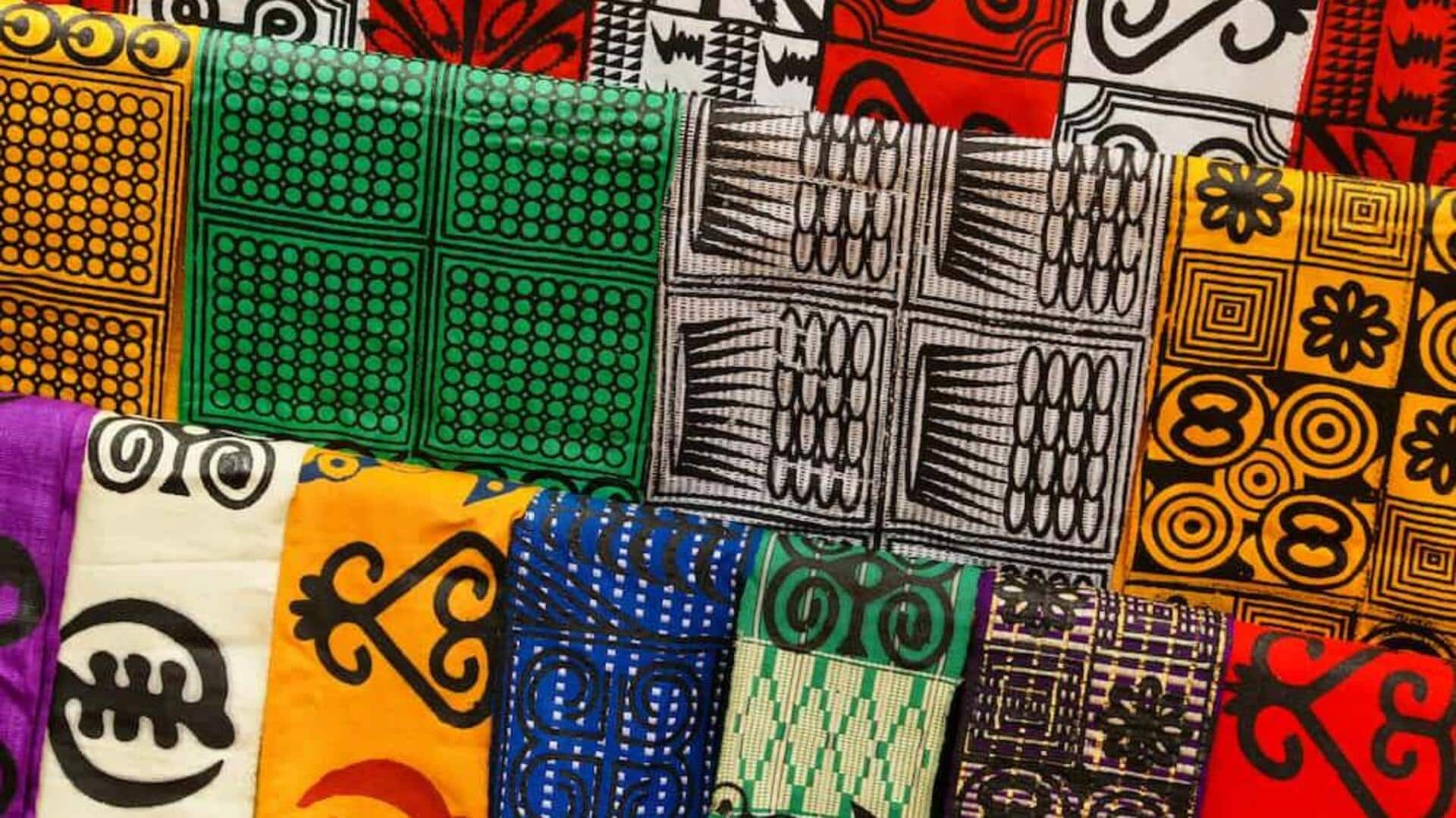
All about Adinkra symbols
What's the story
Adinkra symbols are an integral part of African culture, especially in Ghana. These symbols are graphical representations of concepts and aphorisms. Used in textiles, pottery, logos, and advertising, they convey messages and values. Each symbol has a unique meaning, making them an important part of storytelling and communication. They are not just artistic but also educational tools that preserve cultural heritage.
#1
The origin of Adinkra symbols
Adinkra symbols originated from the Akan people of Ghana. The word Adinkra means "to say goodbye" in the Akan language, as they were originally used on cloths worn at funerals to honor the deceased. Over time, the use of these symbols expanded beyond funerals to everyday life. Today, they are widely used across West Africa and beyond as a means of cultural expression.
#2
Meaning behind each symbol
Each Adinkra symbol has its own unique meaning, often reflecting philosophical concepts or moral values. For instance, the Gye Nyame symbol represents the supremacy of a higher power, while the Fawohodie symbolizes independence and freedom. Understanding these meanings provides insight into the beliefs and traditions of the Akan people.
#3
Modern applications of Adinkra symbols
In modern times, Adinkra symbols have found their way into fashion design, interior decor, and even corporate branding. Designers use them to add cultural significance to their work while educating others about African heritage. The symbols are also used in education to teach students about ethics and history through visual representation.
Tip 1
Preserving cultural heritage through art
The use of Adinkra symbols helps preserve African culture by keeping traditional art forms alive in contemporary settings. Artists continue to incorporate these designs into their work as a way to honor their ancestry while also appealing to modern audiences. This fusion of old and new ensures that these important cultural artifacts remain relevant for future generations.